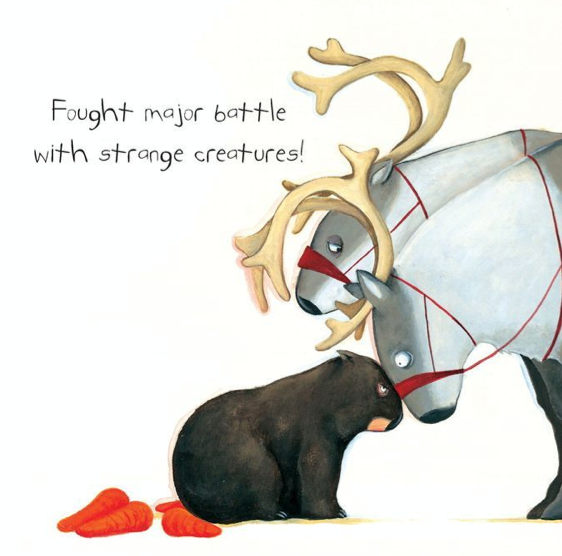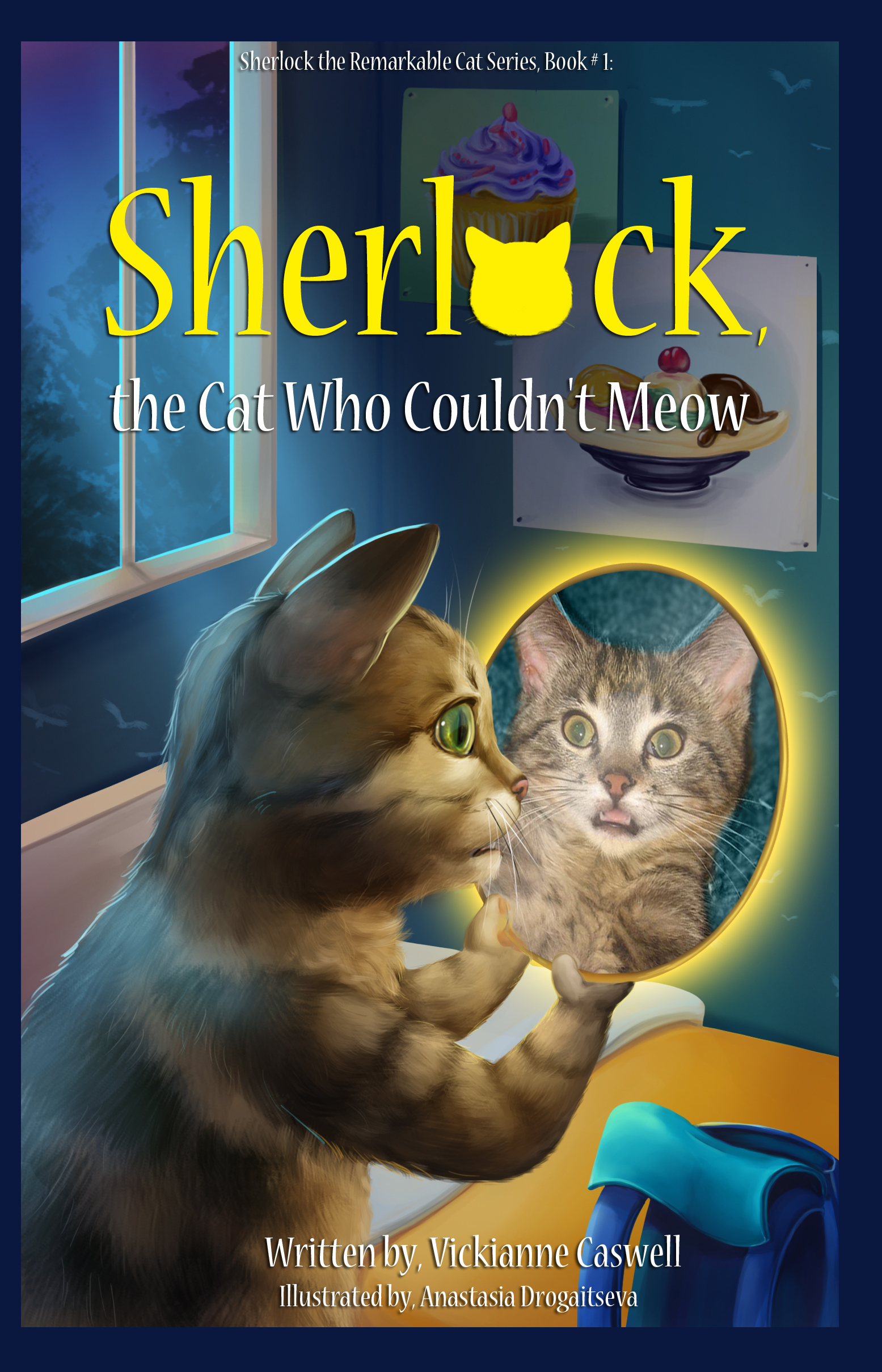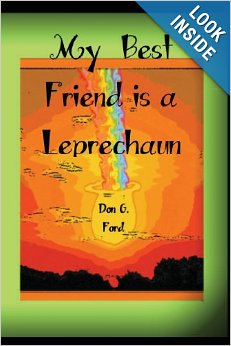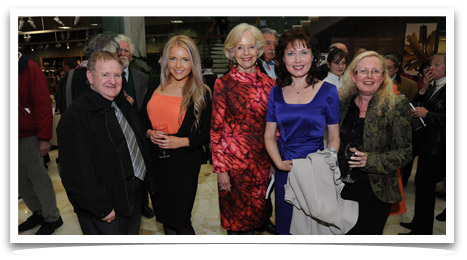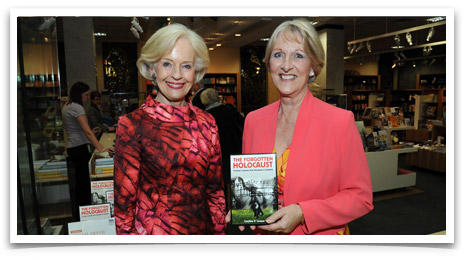We all know a reluctant reader.
Many of us have one in our family.
Yes, even I had a reluctant reader as a son.
So what can you do to help him (or her) overcome their fear or frustration of reading?
First of all before we begin, it is important to remember to check for signs of causes that may be hindering the learning process. Is your child having problems seeing the text? Do they need glasses? Are they perhaps jumbling up the letters? Are they dyslexic?
Whatever the issue, remember that help from teachers is always at hand and above all, don't panic! All children develop and learn at their own pace. Childhood is not a race to adulthood. It is a journey to be savoured and enjoyed, a time when memories are made while growing and exploring and this includes venturing into the world of books and discovering the particular types of genres that best suit each individual personality.
https://www.facebook.com/photo.php?fbid=796317053717271&set=a.707708325911478.1073741826.230614383620877&type=1&relevant_count=1
Below are my tips on the best strategies to help motivate the reluctant reader to not only start turning the pages but continue into becoming a life-long lover of reading.
1. Start by being a good role-model. It helps if both parents enjoying reading. Some might say in fact that my husband was not a good role-model to our sons as in nearly 30 years of marriage I could count on one hand the amount of fiction books he has read. However, he is always reading. The laptop or ipad is always on and he is forever googling technical information about something of interest. He is reading and learning all the time. I might be the one seen reading all the fiction novels, but he is observed reading a plethora of non-fiction.
2. Ignore parents that brag about their children's amazing reading abilities. Worrying yourself that your child is not "keeping up with the Joneses" is pointless. Every child will reach their own potential at their own pace. By the time they all finish high school and move on to University, things will have evened out to the point that when they began to read confidently will not seem so important or significant. You may even find that the bragging parent was in fact doing the actual reading aloud all along while the child was enjoying listening and comprehending. (Both parent and child enjoying the shared experience anyway.)
3.With that said, remember your reluctant reader will also comprehend books at a higher level than he/she can read. This may be a reason which may have turned them off reading in the first place. Therefore find books that interest him/her and spend time reading aloud to them. The benefits are great. See my post from two weeks ago, http://sandrabennettauthor.com/2014/02/05/10-awesome-reasons-for-reading-aloud-to-your-kids-whatever-their-age/. Introduce as many forms of reading as possible, magazines, newspapers, internet sites, blogs (under supervision of course) whatever may be of interest. Most of all make it fun and entertaining so that you build confidence as well as comprehension.
4. Make the reading relevent. One of the reasons they become reluctant is because they are bored and then refuse to read as they can't see the point of reading the required text. That is why it is essential to find topics of interest. Don't expect a ten year old struggling reader to want to read something written for a six year old, even if that is his reading level. Give him something that will entice him to want to pick it up.
5. E-readers are great for reluctant readers that prefer to play on their computers or console games. E-readers are familair tools, so why not take advantage of them. The reader can play with the text, change the font size, shape or colour and even look up unknown words they discover, all in one place. No need to go diving for a dictionary anymore.
6. If they have a favourite comic book or joke book, don't stress. Allow them to read it over and over. Repetition is a good thing. It not only builds confidence and comprehension but allows the reader to express themselves while enjoying a positive experience. These books will also help with the increase in understanding of story sequencing and layout as well as the added benefit of being visually appealing and full of laughs.
7. It helps if there is a quiet place in the house to read. Quiet time in a quiet corner or special place away from the distractions of other busy family life, no computer or TV noise, time to sit and quietly immerse themselves into the story. If this is difficult to find, then bedtime is perhaps the best alternative, bearing in mind that children are often very tired by the end of the day and a reluctant reader will probably prefer you to start the reading. If you find something he is really interested in, he may just want to take over the reading, (and even continue long after you leave the room).
8. Create plenty of opportunities for reading and learning by writing notes to be left and found in hidden secret places. Children get quite a delight when they discover a secret message from mum or dad in a lunch box, under pillows, in pockets, wherever your imagination takes you. Write messages on the fridge by using magnetic letters. The reader may surprise you and write a reply.
9. Play as many word games as you can think of. I Spy, scrabble, boggle to name just a few. If you are interested in more ideas refer to a few of my earlier blogs http://gingerbreadaliens.blogspot.com.au/2013/01/fun-things-to-do-to-get-kids-reading.html
http://gingerbreadaliens.blogspot.com.au/2012/11/do-you-use-multi-media-to-your-advantage.html
http://gingerbreadaliens.blogspot.com.au/2012/11/sequencing-stories.html
http://gingerbreadaliens.blogspot.com.au/2012/11/board-games-not-bored-games.html
10. Select high interest books with plenty of action and humour. Kids want to laugh and have fun while reading. As they get older they expect good cliff-hangers at the end of each chapter. It also helps if the book has familair everyday situations that they can relate to. Circumstances that they can become involved in and are able to suggest how to solve the problem.
A fantastic short chapter book that just so happens to fit the order perfectly is my "Gingerbread Aliens." Filled with action, adventure and intrigue it will keep even the most reluctanct reader laughing and turning the pages all the way to the end. The story begins with a very simple everyday situation that every child can relate to. Three brothers begin fighting in their kitchen while trying to cook for the school fete. Naturally disaster strikes, there is a huge mix up and a turn of events that send the school and the neighbourhood into turmoil. The story even has great cliff-hangers at the end of every chapter.
Here is one enticing sample.
"David sighed, he had enough of their nonesense. He threw the loaf down at his feet in disgust and gave it one almighty drop kick.
It SOARED through the air longer and faster than David had ever kicked a football before. It flew right over the top of the back timber fence. Hit the light post near the walkway. Bounced off the brick pavers that edged the garden........and........SMASHED through the window of the school Principal's office."
Whenever I read this at school readings, even the most reluctant of readers have begged me to continue on to the next chapter. I have not met a child yet who doesn't want to know how the school Principal is going to react.
Gingerbread Aliens is available from both my websites. I am happy to sign any copies purchased and mailed.
http://sandrabennettauthor.com/
http://www.gingerbread-aliens.com/
It is also available as an ebook.
http://www.amazon.com/Gingerbread-Aliens-ebook/dp/B009G4BDEI
https://itunes.apple.com/us/book/gingerbread-aliens/id569972135?mt=11
The second book in the Bradberrie Boys Alien Adventure Series "Alien Shenanigans" is coming very soon. Stay tuned for futher updates on this and more in the series.
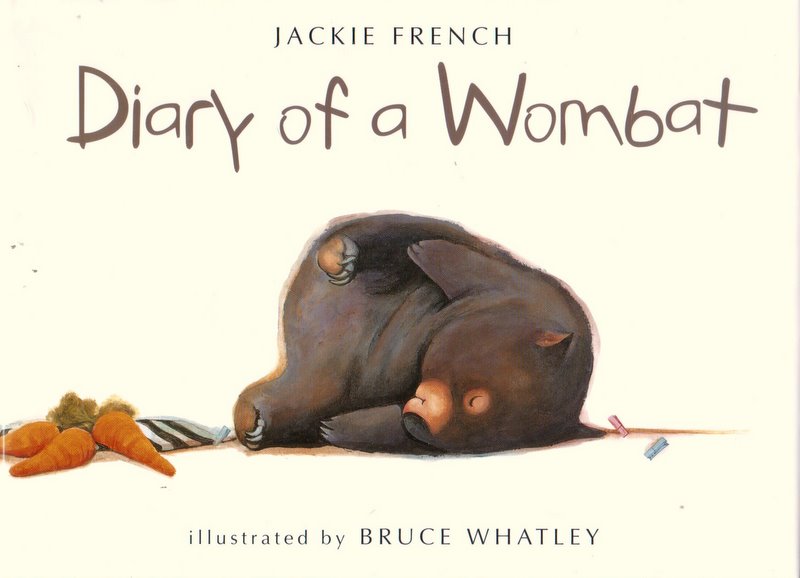 (I've mentioned it in my blogs before). I've read it over and over to so many children during my teaching career, unfortunately I think I've lost my copy in a classroom somewhere and it was personally autographed by Jackie too! I do however still have "Christmas Wombat"
(I've mentioned it in my blogs before). I've read it over and over to so many children during my teaching career, unfortunately I think I've lost my copy in a classroom somewhere and it was personally autographed by Jackie too! I do however still have "Christmas Wombat" 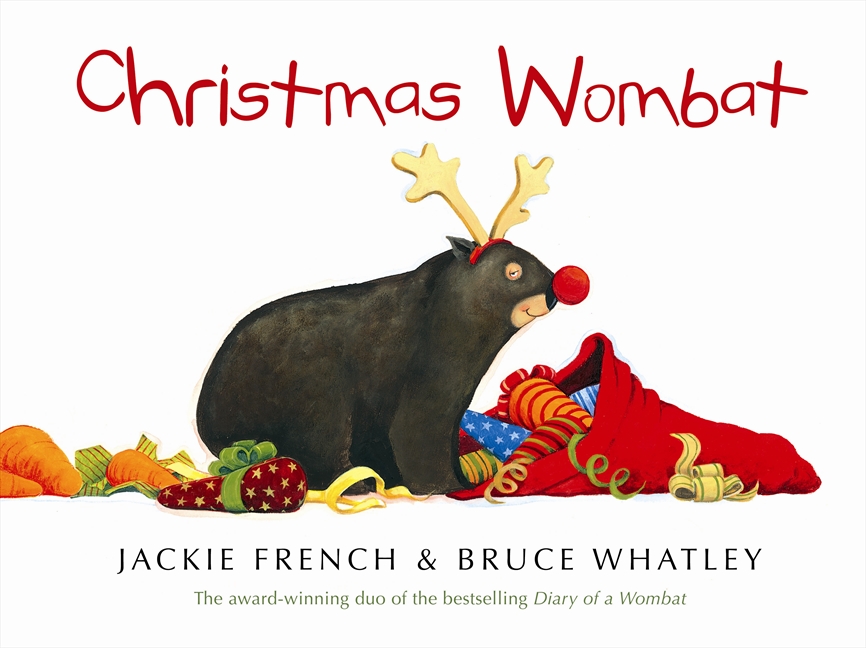 and "Baby Wombat's Week"
and "Baby Wombat's Week" 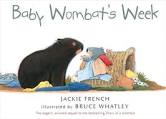 so I am lucky to be able to re-read these whenever I like. As I guess you can see, I rather have a fondness for wombats. They are Australia's unsung heroes, cute and cuddley yet almost forgotten due to the popularity of koalas and kangaroos. Thanks to Jackie French and her wonderful tales wombats are finally getting the recognition they so rightfully deserve, but I digress.
so I am lucky to be able to re-read these whenever I like. As I guess you can see, I rather have a fondness for wombats. They are Australia's unsung heroes, cute and cuddley yet almost forgotten due to the popularity of koalas and kangaroos. Thanks to Jackie French and her wonderful tales wombats are finally getting the recognition they so rightfully deserve, but I digress.